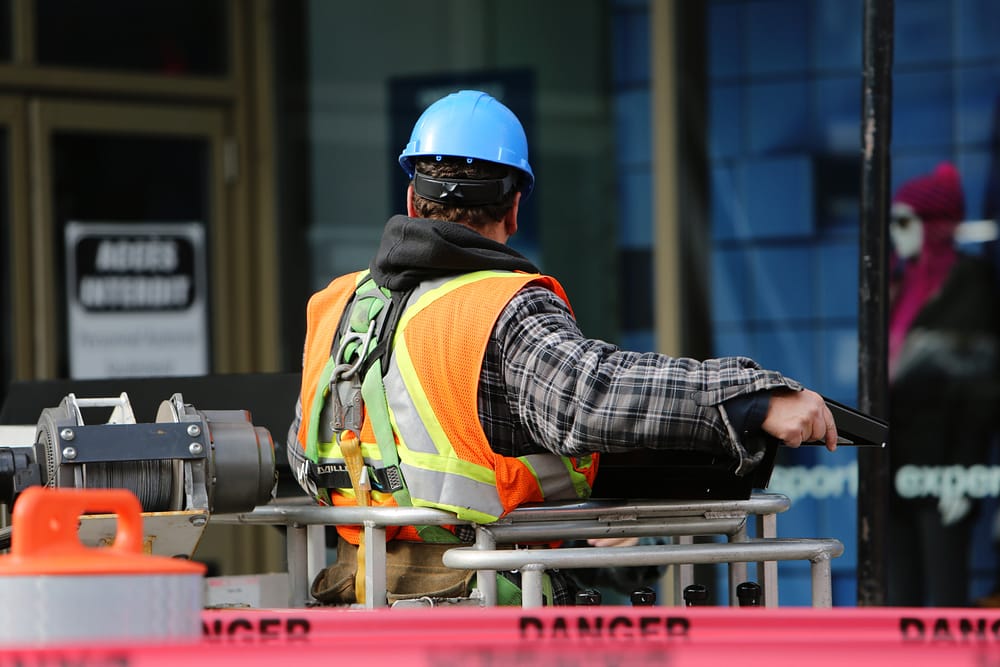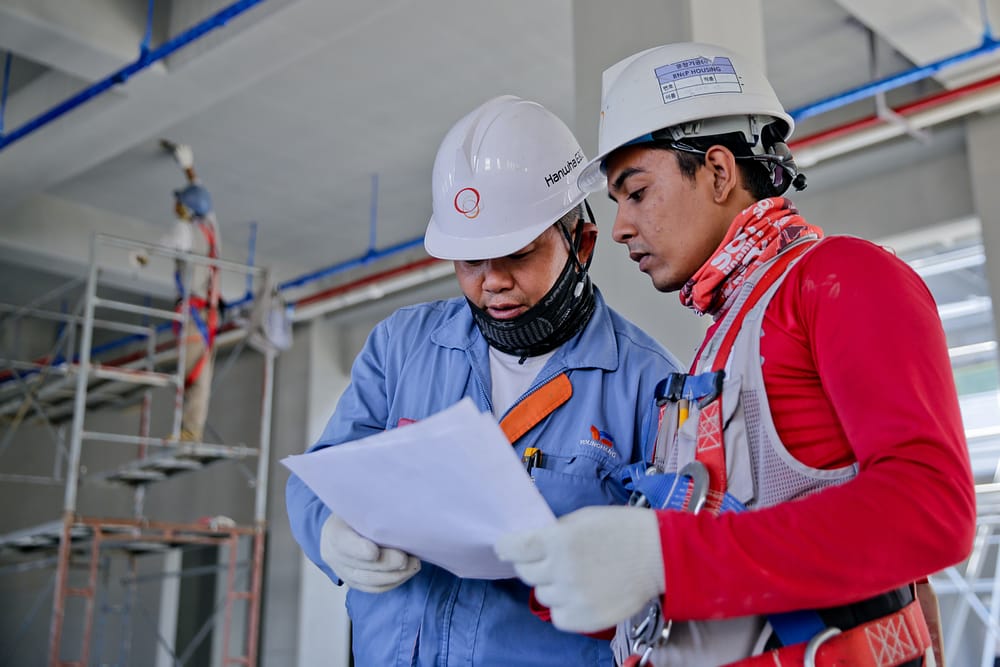Construction health and safety are one of the most important aspects to consider when building. Being one of the most dangerous industries, a construction site entails a lot; from operating heavy machinery to climbing rickety scaffolding and working in confined spaces. Injuries are common in these environments, and they can cause a lifetime of pain and suffering. As such, it’s important to prioritize health and safety for your team members so they can work at their best without worrying about getting hurt on the job.
Ensuring safety on a construction site is the number one priority of any commercial construction company and entails a whole lot of work. Following safety requirements can help to complete the project on time and within budget.
The first step is to prioritizing safety is conducting an audit of all contractors, current equipment, tools, machinery, and building materials as well as procedures before beginning any construction project to ensure that these items meet code requirements.
Worksite Safety Tips for Contractors and Construction Workers

Wearing Personal Protective Equipment (PPE)
Construction sites are often dusty and dirty with hazards such as broken glass, nails protruding from wood, and potentially live electrical wires in unfinished structures; but with the proper safety equipment and protective wear, you can stay safe.
1. Eye and Face Protection
Eye safety glasses protect against flying particles or anything that could damage the eyes, while face shields are worn in areas where there’s a risk of injury from flying debris or chemicals that might splash into the eyes.
2. Equipment to Protect the Head
Construction workers are at risk of head injury due to the nature of their work, which renders head protection equipment necessary. The most common type of head protection is a hard hat; it protects the head from debris and heat exposure.
There are different types of hard hats – some have vents to allow airflow while others are designed with a sealed top to protect against rain or snow. Choose one that will best suit your needs and job description.
3. Protect Yourself When Loading and Unloading Equipment
Ensure sure all guards are in place before operating any machine or tool, as well as before loading or unloading equipment as you pay attention to what is going on around you. Always use proper lifting techniques when moving heavy objects– never pick up something too heavy for you to carry.
When using a forklift make sure it’s in good working order and there are no loose bolts or worn out parts so they don’t come off while in use.
4. Getting in and out of a Construction Equipment
Construction equipment is the backbone of any project; from earthmovers to jackhammers, these tools are essential for building and maintaining homes and roads. Always wear steel-toed boots when you are working inside heavy machinery like cranes, forklifts, bulldozers, or other similar equipment. When getting out, ensure the equipment is not in motion.
5. Protecting Yourself From Excavation Hazards
Excavation hazards are a constant danger for anyone who works in construction or any other industry that requires digging. The threat of an unexpected cave-in is always present, and you never know when it will happen. That’s why you need to be always alert and avoid entering an excavation site if you’ve not been briefed about precautionary measures to observe. Always be alert on safety harnesses and signage to remain informed.
6. Protecting yourself from Ladder and Stairs Climbing Hazards
In construction, one of the biggest hazards is ladder and stairs climbing. The Occupational Safety and Health Administration (OSHA) recommends that you should never carry anything while climbing a ladder or stairs. The OSHA suggests using proper footwork on steps to avoid slipping. It is also crucial to use handrails when ascending and descending ladders to avoid falls; make sure that your weight is distributed evenly for maximum stability.
7. Ensuring Scaffolds’ Safety
Construction scaffolds are a necessary component of any job site. They can be used in many different ways as they provide safety, access to hard-to-reach areas, and more. Ensure the brackets or clamps that secure the scaffold to the wall are locked securely into place before using them. If there is an open side, use guardrails on all sides and check for missing or defective parts before using them. Make sure you’re wearing appropriate clothing such as long pants, closed shoes, and gloves – not sandals or high heels! And don’t forget your safety glasses too!
8. Using Fall Protection Systems
Fall protection systems in construction are essential for your employees and their safety. They keep your employees safe from potential falls by having the right equipment on hand at all times. There are two primary categories of fall protection systems: personal protective equipment (PPE) and engineered guardrail or other barriers designed specifically for working near heights. The type you choose will depend largely on the work being done.
Fall protection systems are designed to keep workers safe by preventing falls from a height and ensuring they land on a surface that offers the appropriate amount of cushioning. There are many different types of fall protection systems available including scaffold netting, guardrails, rope access harnesses, and rescue belts among others. Proper safety equipment will not only protect their bodies but also allow them to perform their jobs more safely.

Observing Key Safety Measures Through Site Inspections and Meetings
Construction sites should be inspected regularly to address any safety concerns such as damaged equipment or tools left lying around. The sites should also be inspected throughout the day to make sure workers are working safely, identify potential hazards, and monitor those who need help from time-to-time–even if they seem fine on their own most days!
Before starting a job for the day, hold a brief meeting with all employees (or at least your group) going over what tasks will take place that day along with safety procedures; then you can get right down into it without worrying about anyone getting hurt during this undertaking. After completing one of these jobs, inspect both yourself and the site once again looking out for anything hazardous.
Bottom Line
The pace of change in the building materials industry and our personal lives can be overwhelming. Every day, things we could count on yesterday seem no longer relevant.
The needs of builders, contractors, builders, architects, dealers, and distributors keep changing; relationships and loyalty count for less, and the pressure to be faster and less expensive is growing each day. And most surprisingly, there are always direct and indirect competitors who want our customers.If you want your construction material supply company to attain more leads and achieve conversions, look to improve online visibility to achieve the results you desire. This can be achieved through Search Engine Optimization strategies so that potential consumers can easily find their way onto your site and eventually convert.
